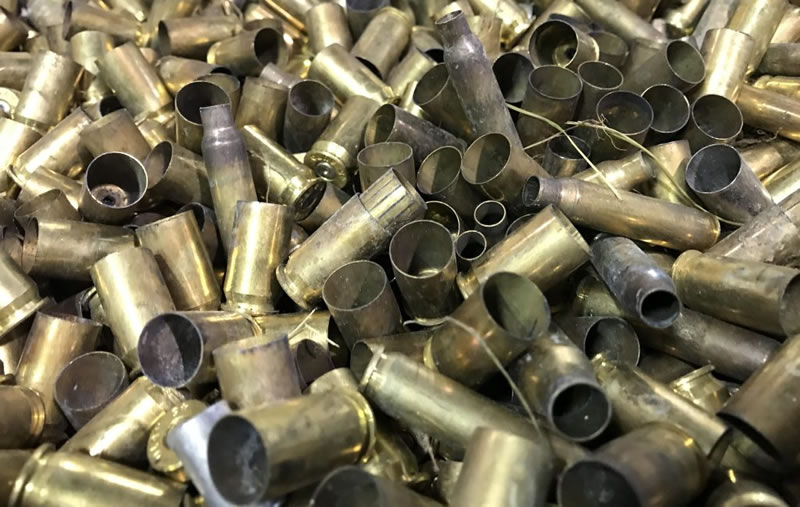Recycle Bullet Casings

In a world increasingly aware of environmental issues, every effort to reduce waste and promote sustainability is crucial. One often overlooked area is the recycling of bullet casings, a practice gaining traction for its potential to minimize environmental impact. Beyond the firing range, where spent casings are a common sight, lies a realm of untapped potential for eco-conscious practices. This article explores the various aspects of recycling bullet casings, from the environmental benefits to the innovative ways they can be repurposed.
Environmental Impact:
Bullet casings, predominantly made from brass, are non-biodegradable and can persist in the environment for decades. The widespread use of firearms in various industries, including law enforcement, military, and recreational shooting, contributes to the accumulation of spent casings. By recycling these casings, we can significantly reduce the demand for new raw materials, lowering the overall environmental footprint associated with metal production.
One of the primary advantages of recycling bullet casings is the conservation of natural resources. Brass, a combination of copper and zinc, is a finite resource. By reusing existing casings, we decrease the need for mining and processing these metals, which often involves environmentally disruptive practices. Additionally, recycling saves energy compared to the production of virgin materials, contributing to a more sustainable and responsible approach to resource utilization.
The Recycling Process:
Recycling bullet casings involves a multi-step process that transforms spent cartridges into reusable materials. The first step is collection, where spent casings are gathered from shooting ranges, military training grounds, and other locations. These casings undergo thorough inspection to ensure they are free from live ammunition or other contaminants.
Once collected, the casings are cleaned and sorted based on caliber and material composition. Cleaning removes dirt, debris, and any remaining gunpowder residue. The sorted casings are then sent to recycling facilities equipped with specialized machinery for processing metals. The casings are melted down, separating the brass from any remaining impurities.
After the melting process, the purified brass is molded into ingots or other forms suitable for various applications. The recycled brass can be used to manufacture new bullet casings, reducing the need for freshly mined materials. Alternatively, it can be repurposed for a wide range of products, from jewelry to industrial components.
Creative Repurposing:
Beyond simply remanufacturing bullet casings, there is a growing trend in repurposing recycled brass for creative and artistic endeavors. Artists and craftsmen are finding innovative ways to transform spent casings into unique and aesthetically pleasing items. Bullet casing jewelry, for example, has gained popularity, with artisans crafting rings, bracelets, and necklaces from recycled materials.
The distinctive appearance of bullet casings, with their cylindrical shape and brass patina, adds a rugged and industrial charm to these creations. This form of upcycling not only reduces waste but also showcases the potential for beauty in unexpected places. Moreover, it serves as a conversation starter, raising awareness about the importance of recycling and sustainability.
Community Engagement:
Recycling bullet casings also presents an opportunity for community engagement and education. Shooting ranges, firearm training facilities, and military installations can implement recycling programs to encourage responsible disposal of spent casings. These programs not only contribute to environmental sustainability but also foster a sense of responsibility among firearm users.
Educational initiatives can further highlight the environmental impact of recycling bullet casings, emphasizing the importance of reducing waste and promoting a circular economy. By incorporating recycling awareness into firearm safety and training programs, a broader understanding of the positive impact of responsible casing disposal can be cultivated within communities.
Conclusion:
The recycling of bullet casings represents a tangible and impactful way to address environmental concerns associated with firearms use. By diverting spent casings from landfills and reintegrating them into the manufacturing cycle, we can conserve resources, reduce energy consumption, and promote a more sustainable approach to metal production.
Creative repurposing adds an artistic dimension to the recycling effort, transforming once-discarded items into unique and visually appealing creations. Through community engagement and education, we can build a culture of responsible casing disposal, raising awareness about the environmental benefits of recycling bullet casings and contributing to a greener, more sustainable future.





